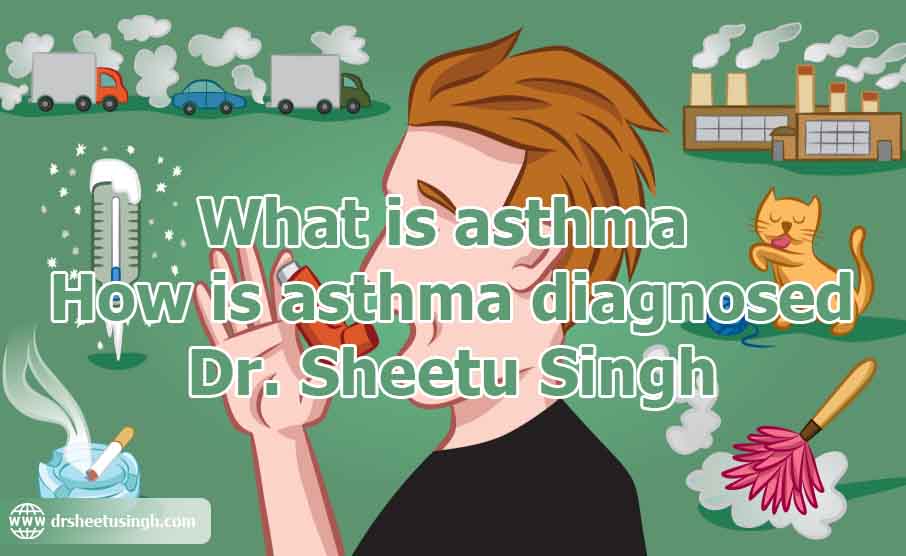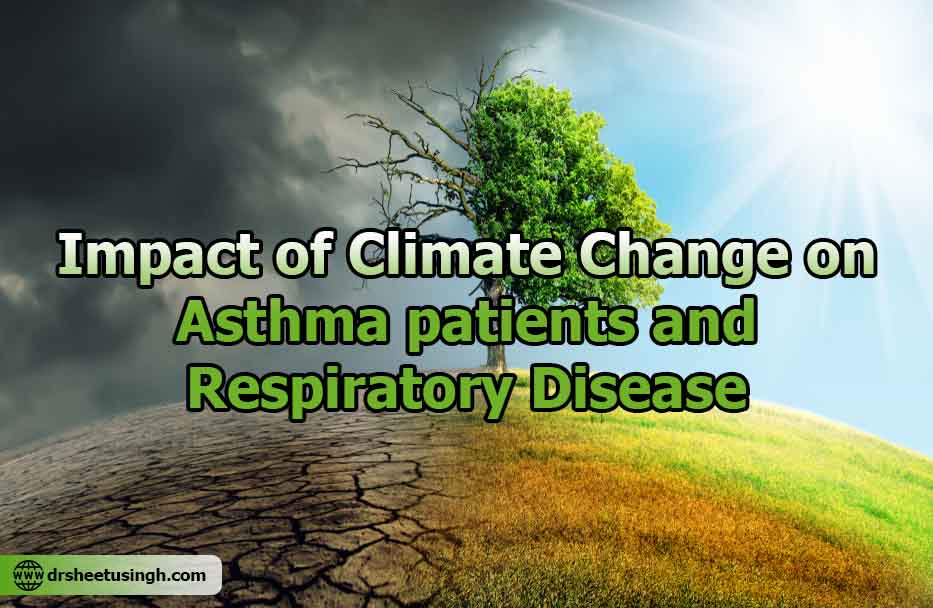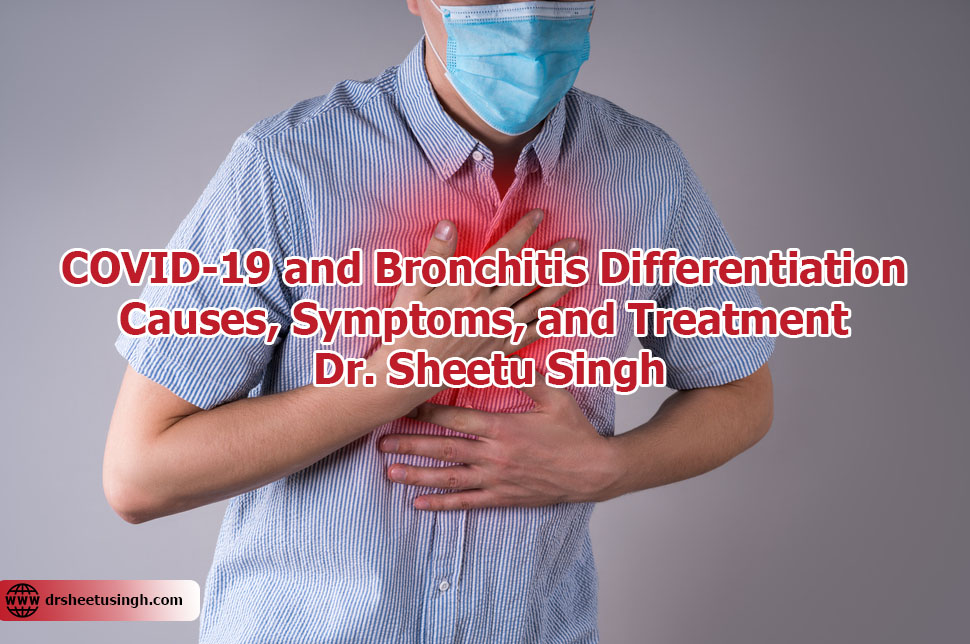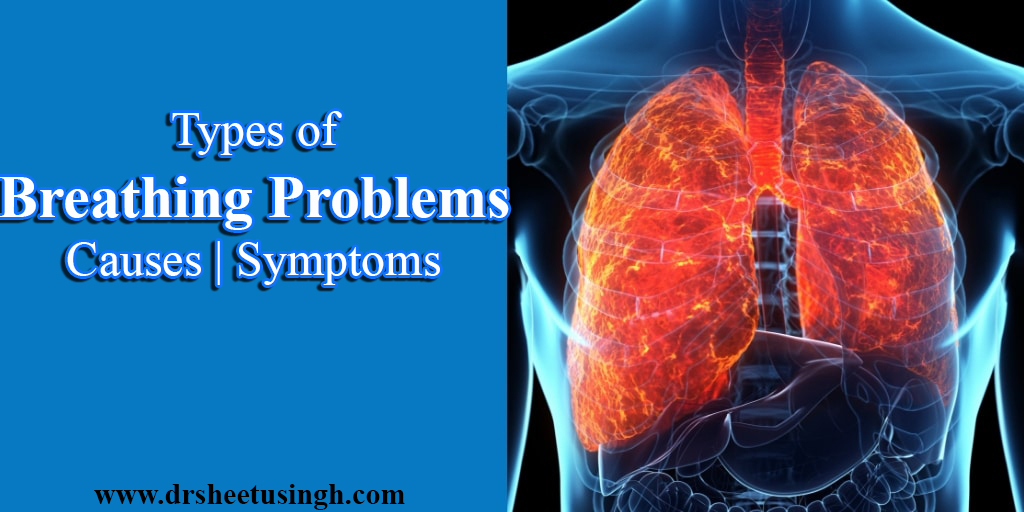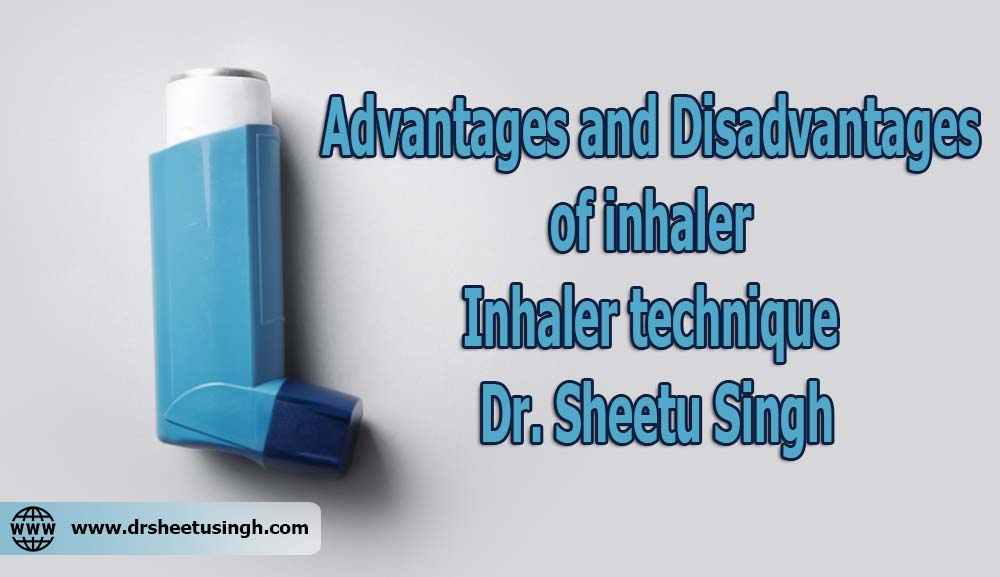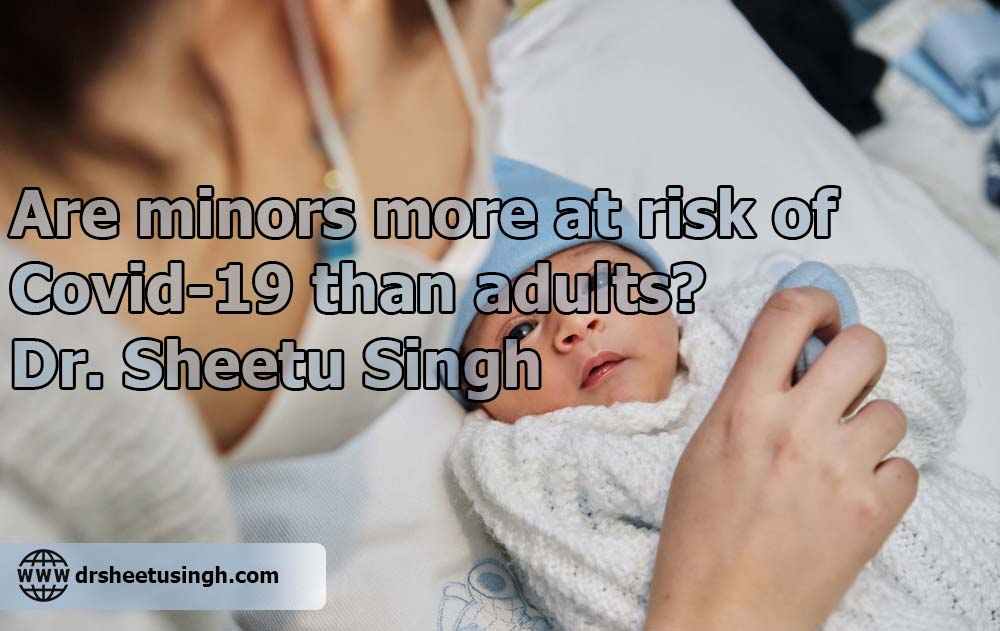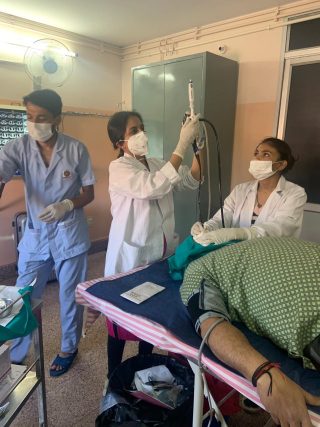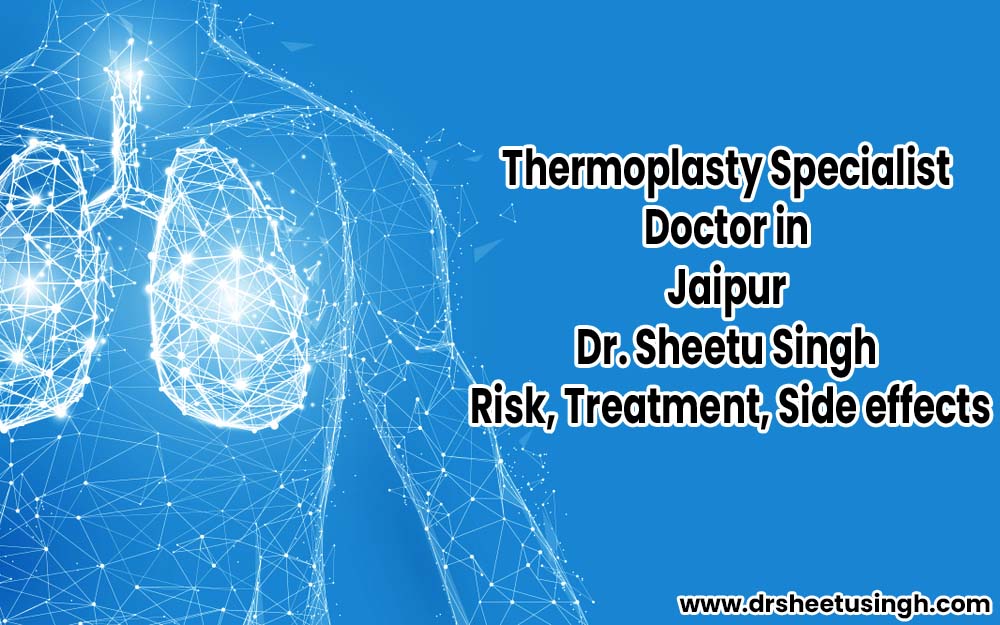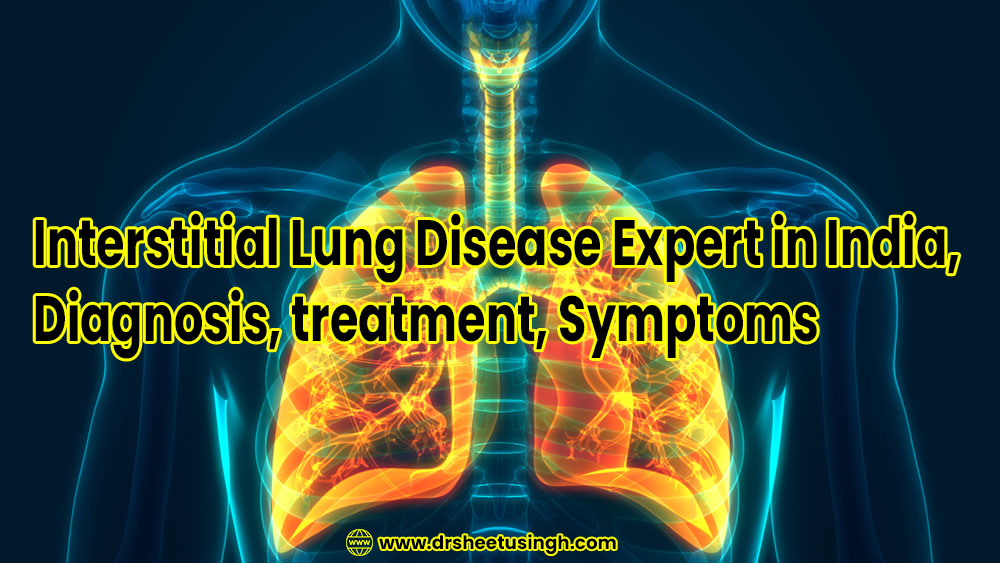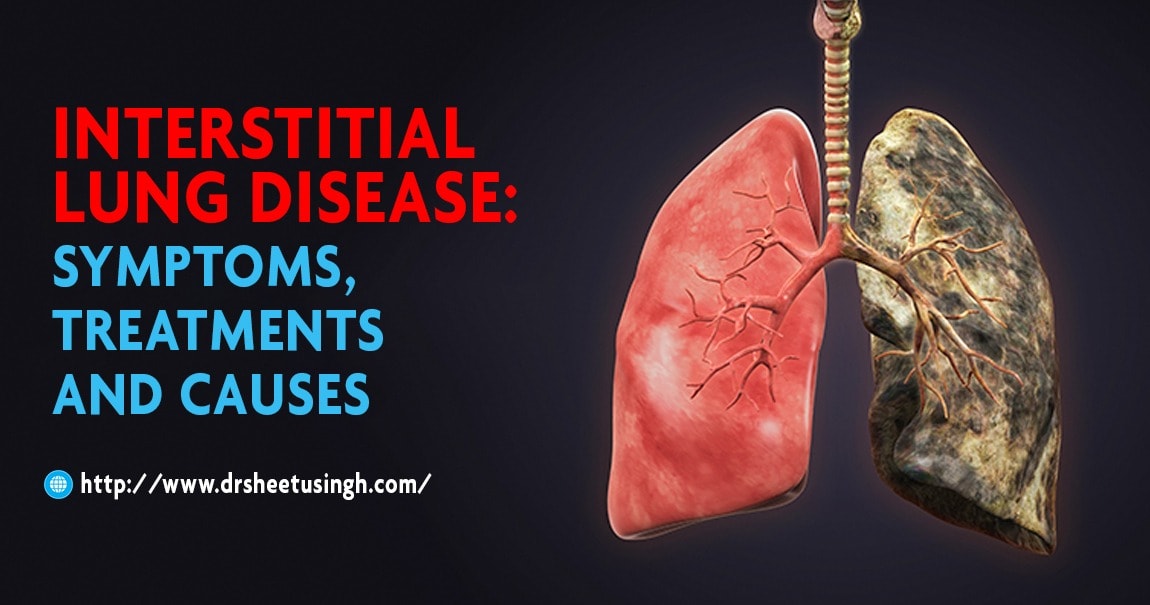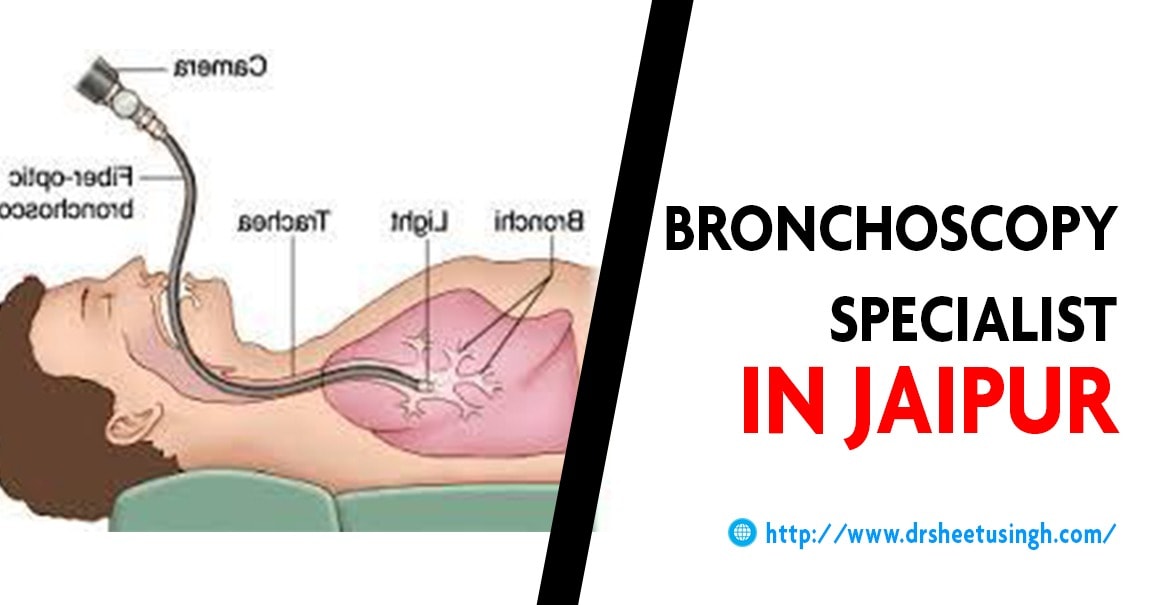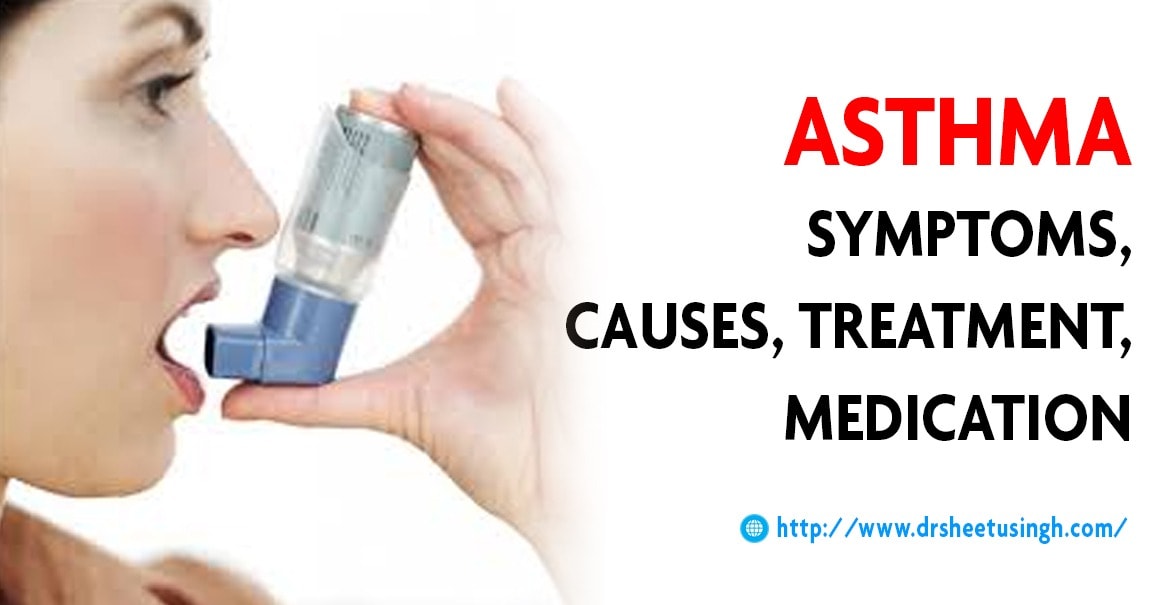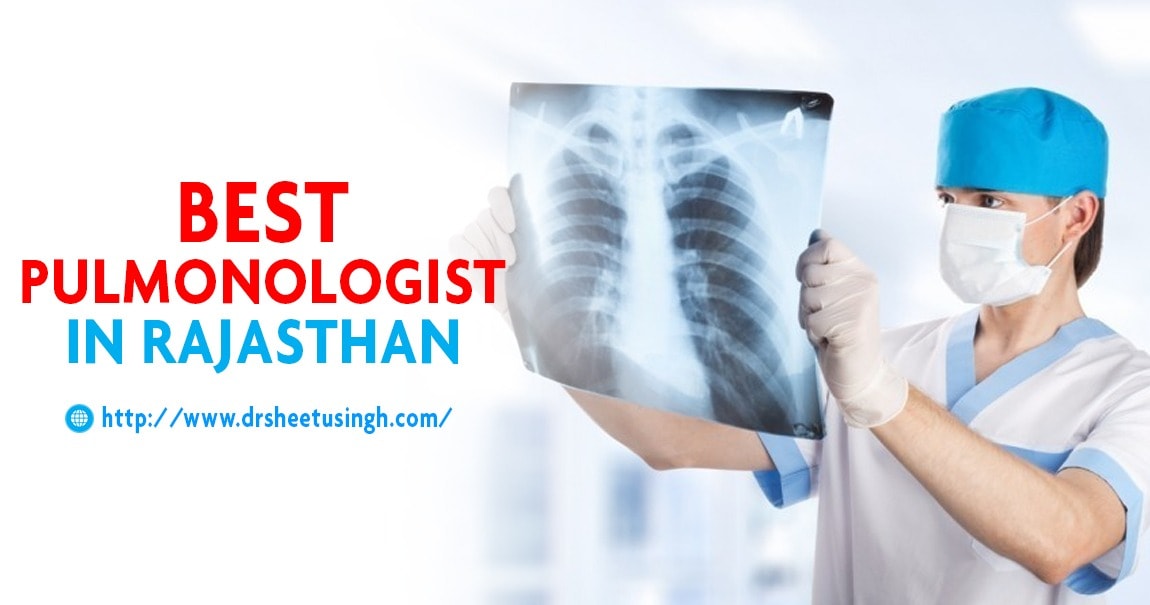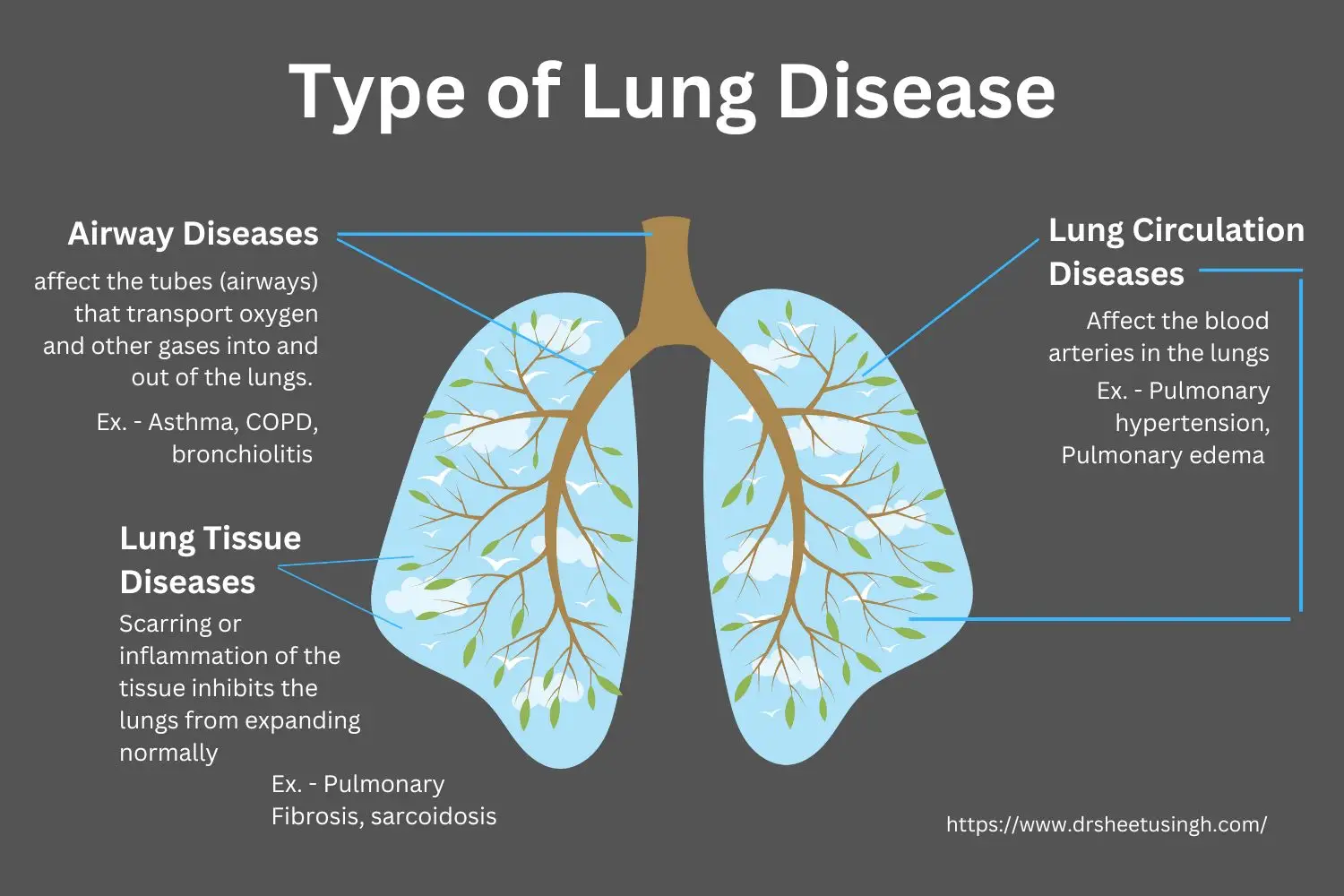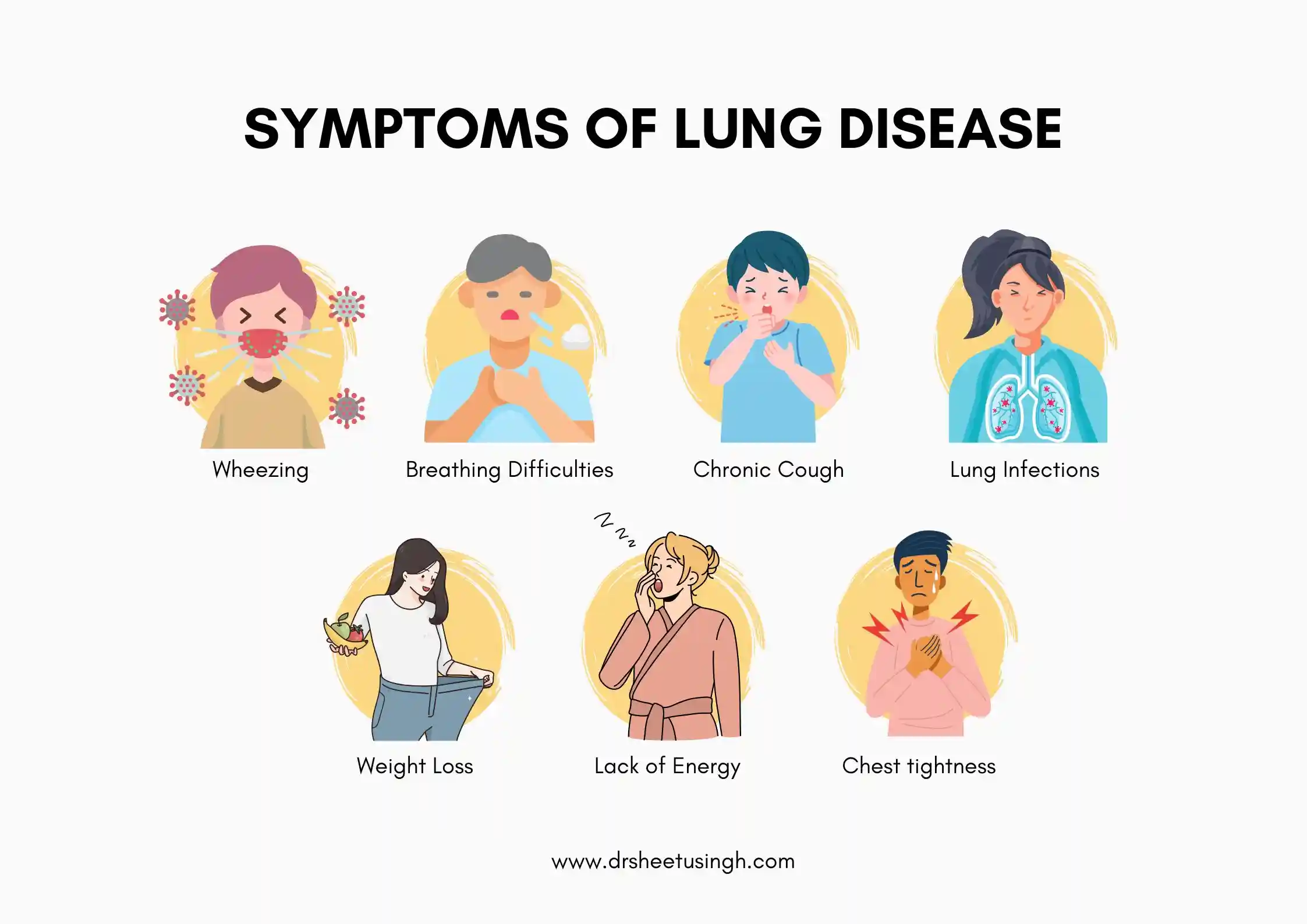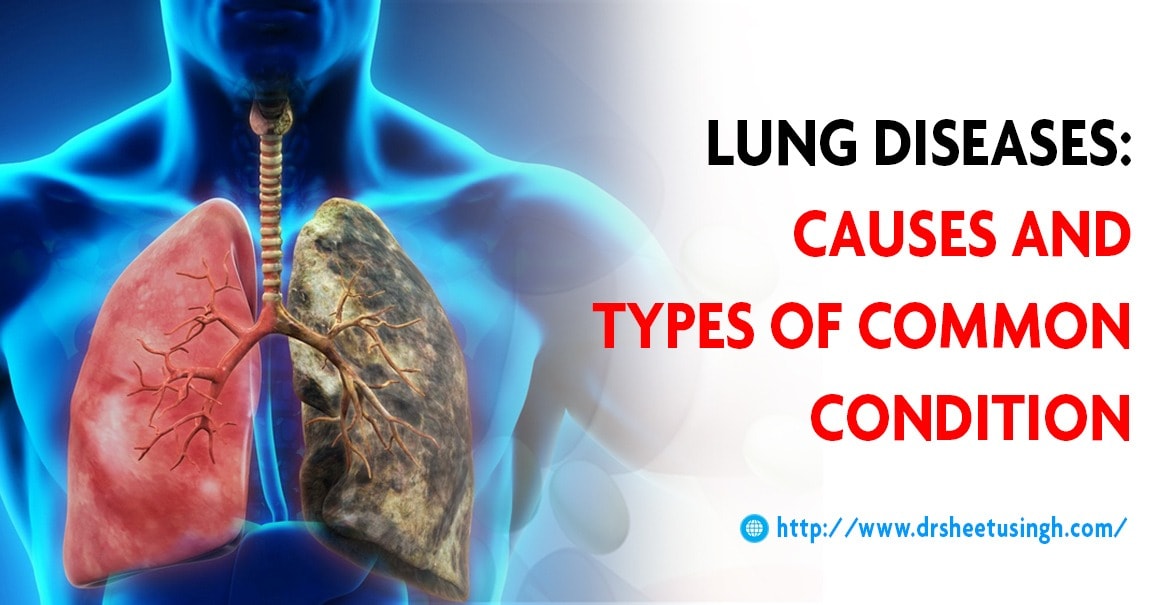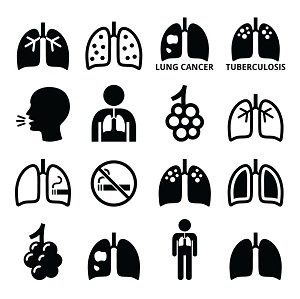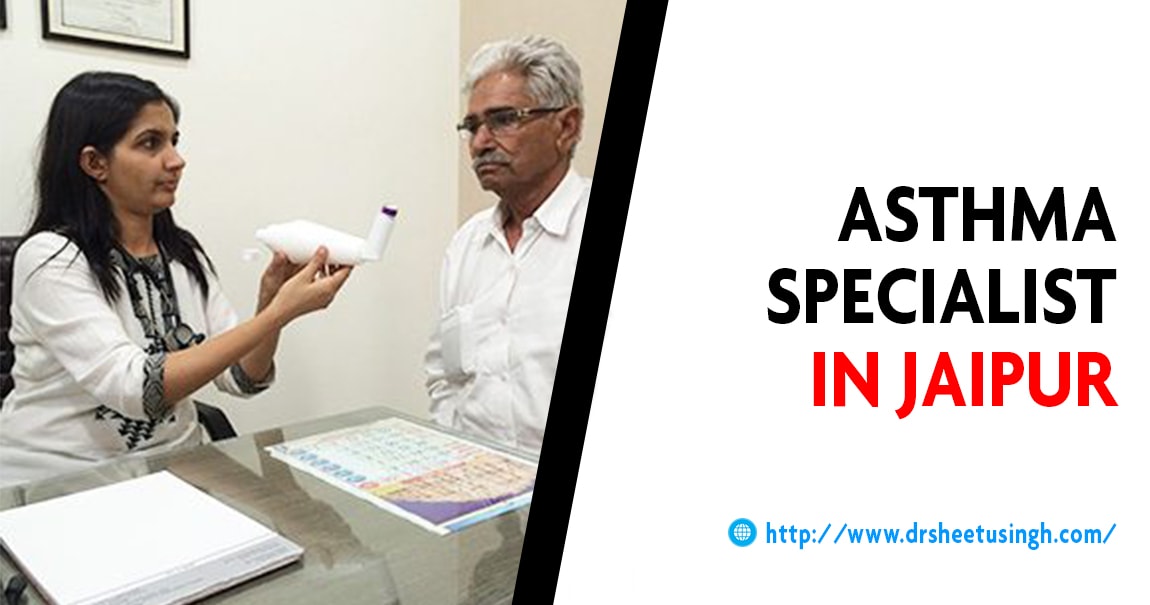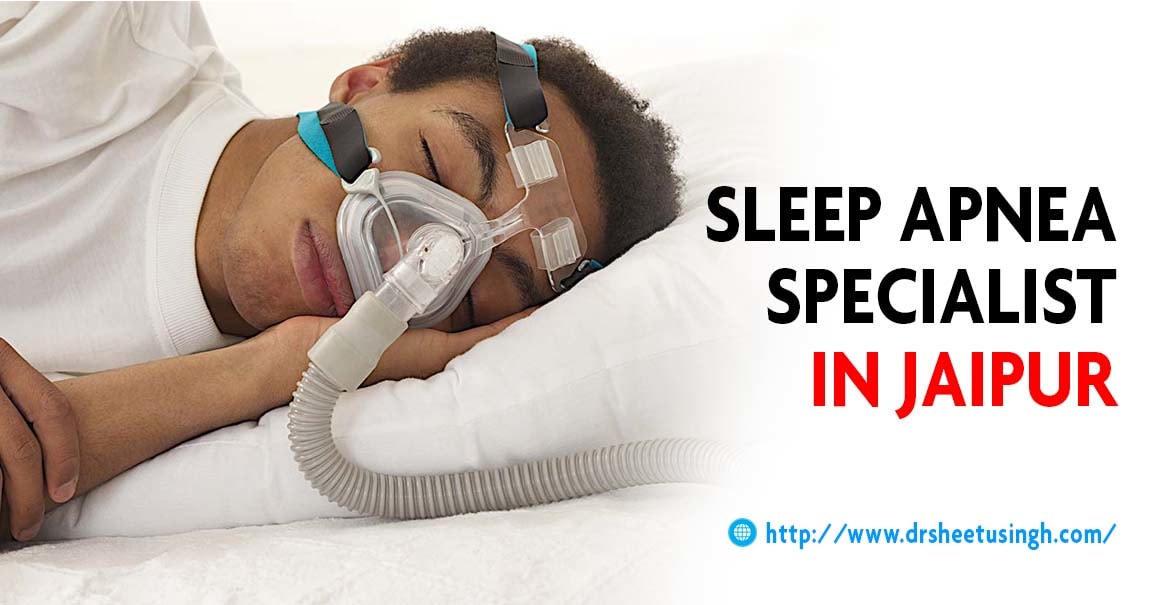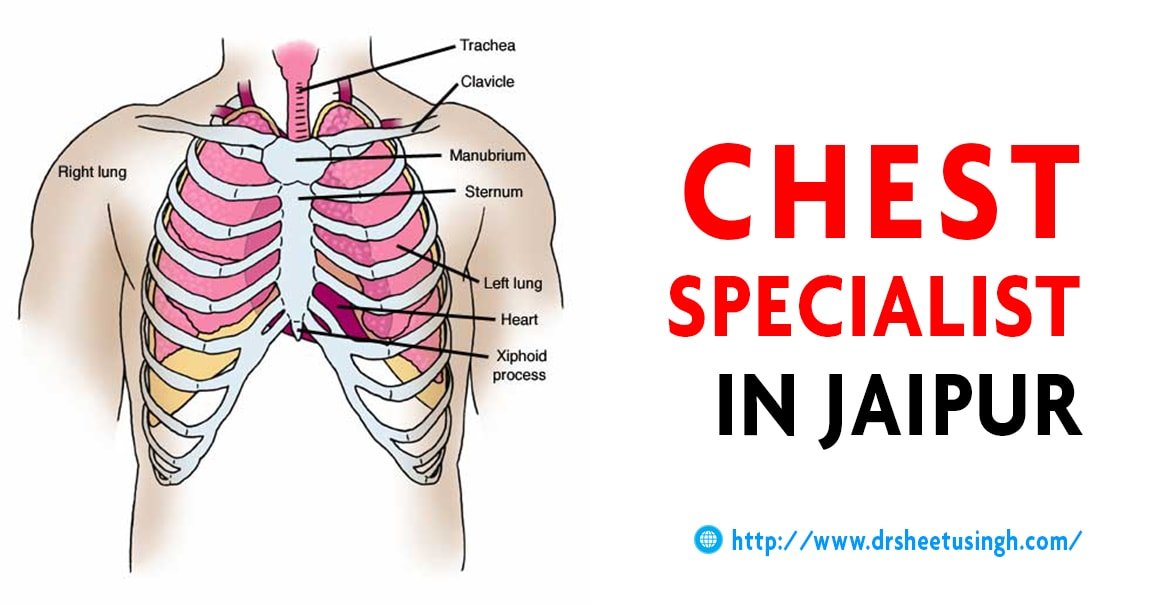We all know how the immune system plays a role in colds and flu. Our bodies use it to fight viruses and bacteria. But how does it affect allergies? Here is a look at the link between allergies and immune health, along with some tips how to boost immune system. As a body’s army, the immune system’s primary job is to keep us healthy and free from disease. So, immune systems are very complex. This includes the hairs on your nose, the stomach acid that kills bacteria, and the digestive system in which immune cells gather. If Once pathogens pass through the body’s many frontline defenses (e.g. skin, hair, stomach acid), a response occurs, in which immune cells attack the pathogens and kill them. This usually results in cold or flu symptoms.
In what sense does the immune system function?
| Symptoms of the common cold and flu | symptoms of allergies | It is both |
| Neck lymph nodes swelled | An itchy skin condition | A blocked or runny nose |
| Having a fever | Eye irritation | Cough |
| Aches and pains in muscles and joints | Weakness | |
| A sneeze | ||
| Sore throat |
During an allergic reaction, how does the immune system react?
If Whenever you experience any types of allergy symptoms like coughing or sneezing, it is likely that your immune system is at the root of the problem. Symptoms such as these can be caused by hypersensitive immune systems that react to harmless substances. The immune system, made up of mast cells, has an important role to play in fighting infection. However, the best way to fight allergies is to boost the immune system. A mast cell detects an allergen by releasing histamine and other chemicals into the bloodstream. A runny nose, watery eyes, sneezing, coughing, swelling, rashes, irritated skin, and redness are all allergy symptoms caused by histamine. Patients are usually treated with antihistamines to prevent mast cells from being overactivated and producing too much histamine.
Is allergic reaction a sign that the immune system is weakened?
Allergy symptoms suggest a system that is reacting out of proportion to the threat it faces; however, this does not necessarily imply a weak immune system. The immune system’s reaction would be more appropriately described as abnormal. Having healthy and strong immunity is crucial when fighting allergy symptoms. You might experience allergy symptoms for longer than usual if your immune system is weak.
Is there a way for me to strengthen my immune system against allergies?
The immune system and allergies are closely related, so it makes sense to take care of your immune system if you want to manage allergies well. But, let’s go over my best tips for managing allergies.
Vitamin C!
This nutrient is an ally of the immune system, supporting the production of white blood cells that fight infection. So, you can also try a blueberry banana smoothie or carrot ginger soup for added vitamins!
Stay hydrated.
Most of us know that water is good for health in various ways, but are you aware that it is also good for the immune system? Supporting the immune system’s communication and biochemical pathways may be made easier by proper hydration.
Stress-relief.
In addition to suppressing our bodies’ immune response, prolonged stress has been shown to have even more damaging effects. Even 70% of the immune system can be suppressed by chronic stress!
Examine your diet.
A variety of foods plays a crucial role in boosting immunity, and this has long been established. When meal planning, think about color and variety. Beige will not do anything for you!
Maintain a healthy digestive system.
Because most immune cells live in the gut, it makes sense to keep it healthy. Gut bacteria aid digestion. You may consider taking a probiotic.
Consider taking a supplement.
Many products are available on the market, but Immune Support stands out because it contains zinc, vitamin D, and nasturtium.
More to come! Introducing our A-Z guide to supporting your immune system by Dr. Sheetu Singh





